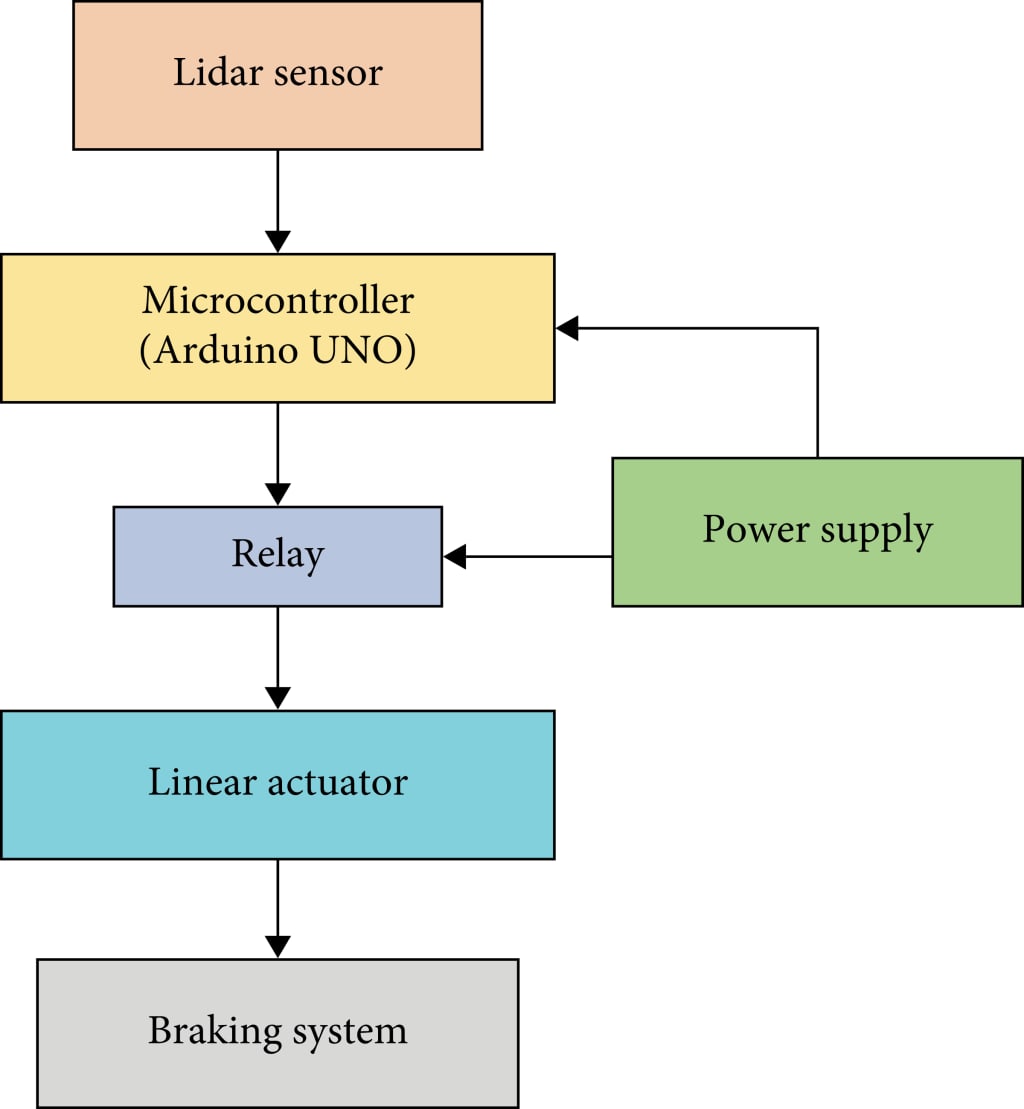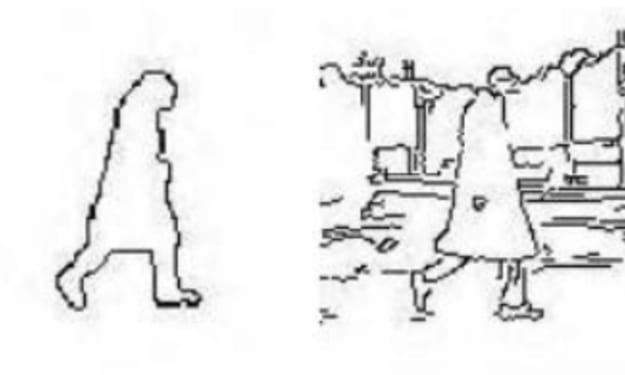Technology
LIDAR Autonomous Braking System Using Linear Actuator

LIDAR Autonomous Braking System Using Linear Actuator
Architecture explanation: -
In this context, the term "sensors" refer to electronic devices that can detect physical or environmental changes, such as distance, temperature, light, sound, and many others. These sensors are connected to an Arduino UNO, which is a microcontroller board designed for building interactive projects.
Once the sensors collect data from the surroundings, they send this information to the Arduino UNO through wired or wireless communication. The Arduino then processes this data using its built-in microprocessor and compares it to a safe distance value that has been programmed by the user.
The safe distance value is typically determined by the specific application and is used as a threshold for determining whether an obstacle is present or not. For example, in the case of an obstacle avoidance robot, the safe distance may be set to a few centimeters or meters, depending on the robot's size and speed.
Based on the comparison between the sensor data and the safe distance value, the Arduino UNO will take one of three possible actions. If the sensor data indicates that there is no obstacle present, the Arduino will not take any action and continue with its current task.
If the sensor data indicates that an obstacle is present but it is still within the safe distance range, the Arduino may take action to slow down the device to maintain a safe distance from the obstacle. This action may be necessary if the device is moving too fast and requires time to come to a complete stop.
Finally, if the sensor data indicates that an obstacle is present and it is too close to the device, the Arduino will take action to stop the device completely to avoid collision with the obstacle. This action may involve using a motor or other actuator to bring the device to a complete stop or activating an alarm or warning system to alert the user of the danger.
Overall, this system of sensors and an Arduino UNO provides an efficient and reliable method for detecting and avoiding obstacles in various applications, including robotics, drones, and automated vehicles.
What We can do with LIDAR sensor?
1. Autonomous vehicles: LIDAR sensors create 3D maps, detect obstacles and road conditions, and help the vehicle navigate safely.
2. Mapping and surveying: LIDAR sensors create accurate maps of terrain, buildings, and features for industries like urban planning, engineering, and resource management.
3. Agriculture: LIDAR sensors map crops, monitor health, and optimize irrigation and fertilization in precision agriculture.
4. Archaeology and cultural heritage: LIDAR sensors create detailed 3D maps of sites for preservation and research.
5. Industrial inspection: LIDAR sensors inspect and monitor equipment and infrastructure, detecting defects and issues not visible to the human eye.
Brake Calculation:-
1. Braking distance is the distance a vehicle travels from brake application to complete stop.
2. Factors affecting braking distance include tire-road friction, vehicle weight, wind, braking system type, and air resistance.
3. Braking distance is composed of two distances: total stopping distance and reaction distance.
4. Reaction distance is the distance a vehicle travels before brakes are applied, determined by the driver's reaction time.
5. Reaction time is the duration it takes for a driver to recognize a hazard and apply brakes.
6. Factors influencing reaction time include driver attention, physical condition, and driving conditions.
7. Three types of situations impacting reaction time are expected, unexpected, and surprise.
Reaction distance= velocity * reaction distance.
Reaction time = v * Rt.
Explanation:
1.Reaction time during braking = (v * Rt), where "v" is the speed of the vehicle and "Rt" is the total distance traveled during the reaction time.
2.Distance traveled during the reaction time is directly proportional to the speed of the vehicle.
3.This formula is useful for calculating the braking distance of a vehicle, which is the total distance traveled from brake application to complete stop.
4.Drivers can use this formula, along with other factors such as vehicle weight and road conditions, to ensure safe braking and avoid accidents.
Drivers' reaction time is influenced by the type of situation they face while driving. Expected situations, such as approaching a stop sign, generally have shorter reaction times compared to unexpected or surprise situations. Unexpected situations, such as a sudden appearance of another vehicle, result in longer reaction times as the driver first needs to recognize the danger before reacting. Surprise situations, such as an animal running onto the road, can cause even longer reaction times as the driver needs to process the situation. Drivers can minimize the risk of accidents and respond effectively in any situation by understanding factors that influence braking distance and reaction time.
About Reaction Time: -
In summary, reaction time is the time it takes for a driver to recognize a potential hazard and react by applying the brakes. The length of the reaction time varies depending on the situation and can range from 0.7 to 2 seconds. Individual factors such as age, gender, physical condition, attention level, and driving experience can affect reaction times. By understanding these factors, drivers can take appropriate measures to stay safe on the road by reacting quickly and effectively to potential hazards.
conclusion: -
the concept of braking distance and reaction time is crucial for safe driving. Braking distance is influenced by various factors such as friction, weight of the vehicle, wind, and type of braking system. It is important to note that braking distance is composed of both reaction distance and total stopping distance. Different situations such as expected, unexpected, and surprise situations have different average reaction times. By knowing the factors that influence braking distance and reaction time, drivers can take appropriate measures to ensure safe driving and avoid accidents.
About the Creator
Prabahar N
learn and gain knowledge ; kindly please don't copy.
Enjoyed the story? Support the Creator.
Subscribe for free to receive all their stories in your feed. You could also pledge your support or give them a one-off tip, letting them know you appreciate their work.





Comments
There are no comments for this story
Be the first to respond and start the conversation.